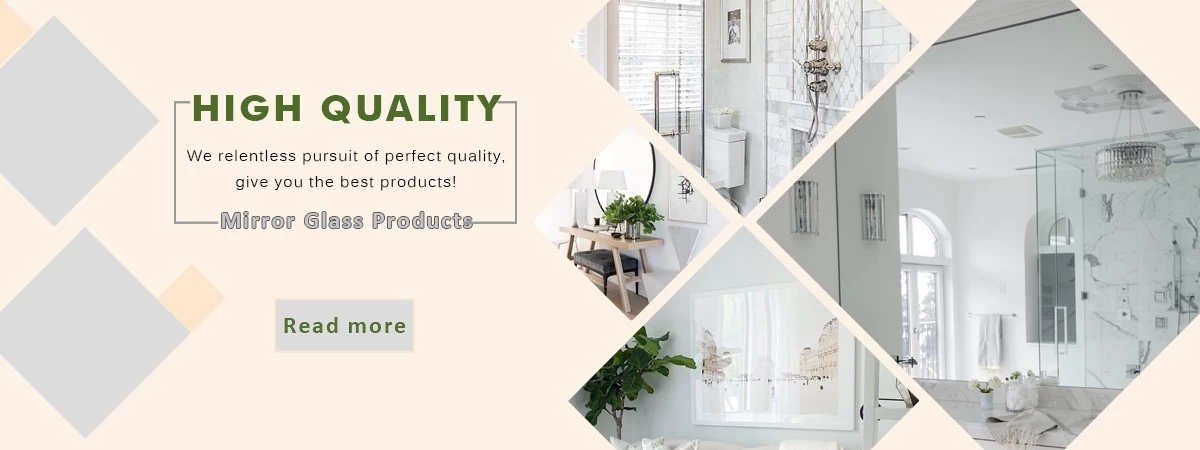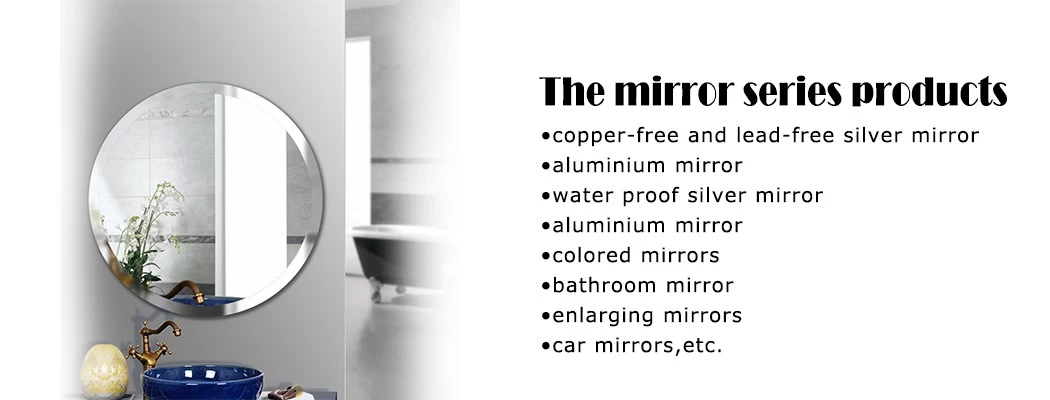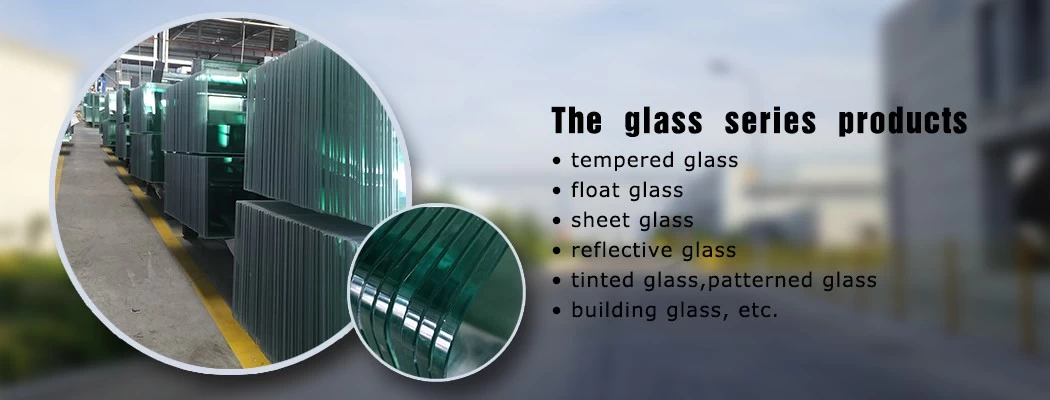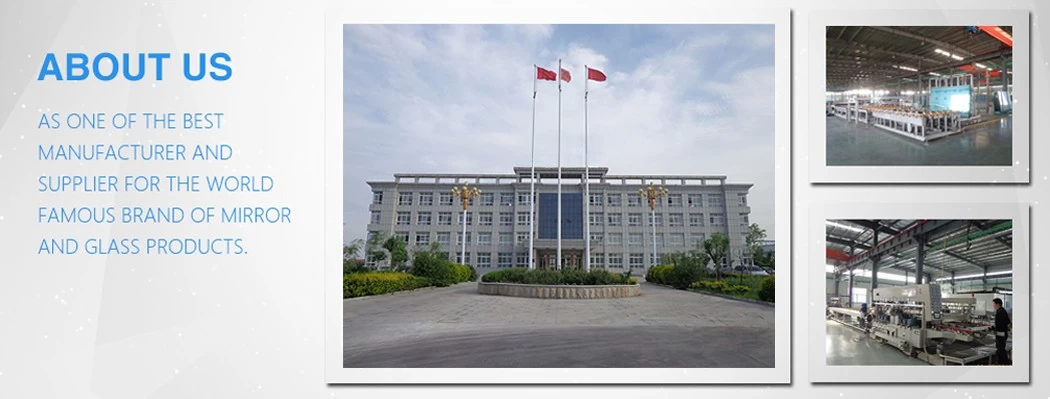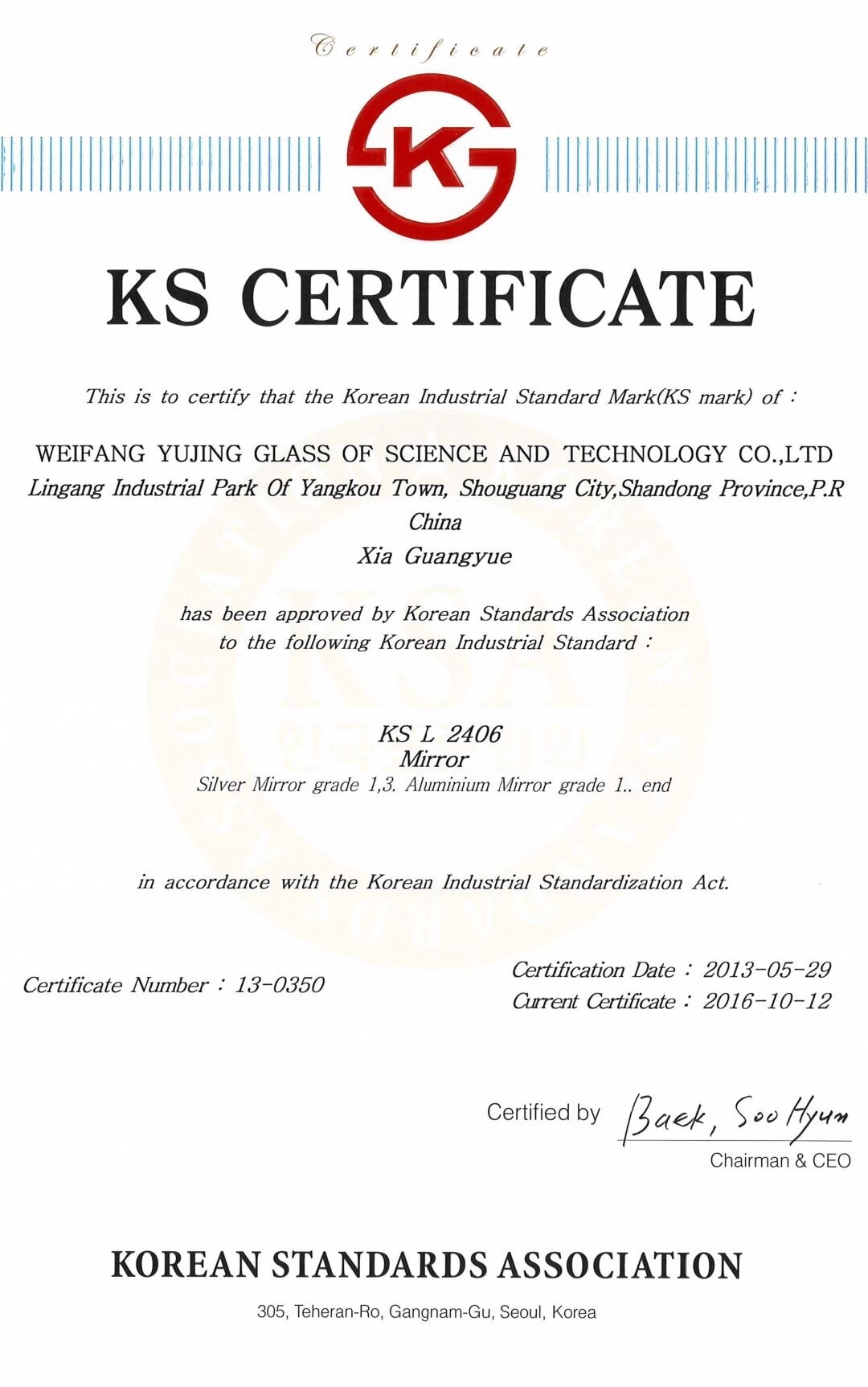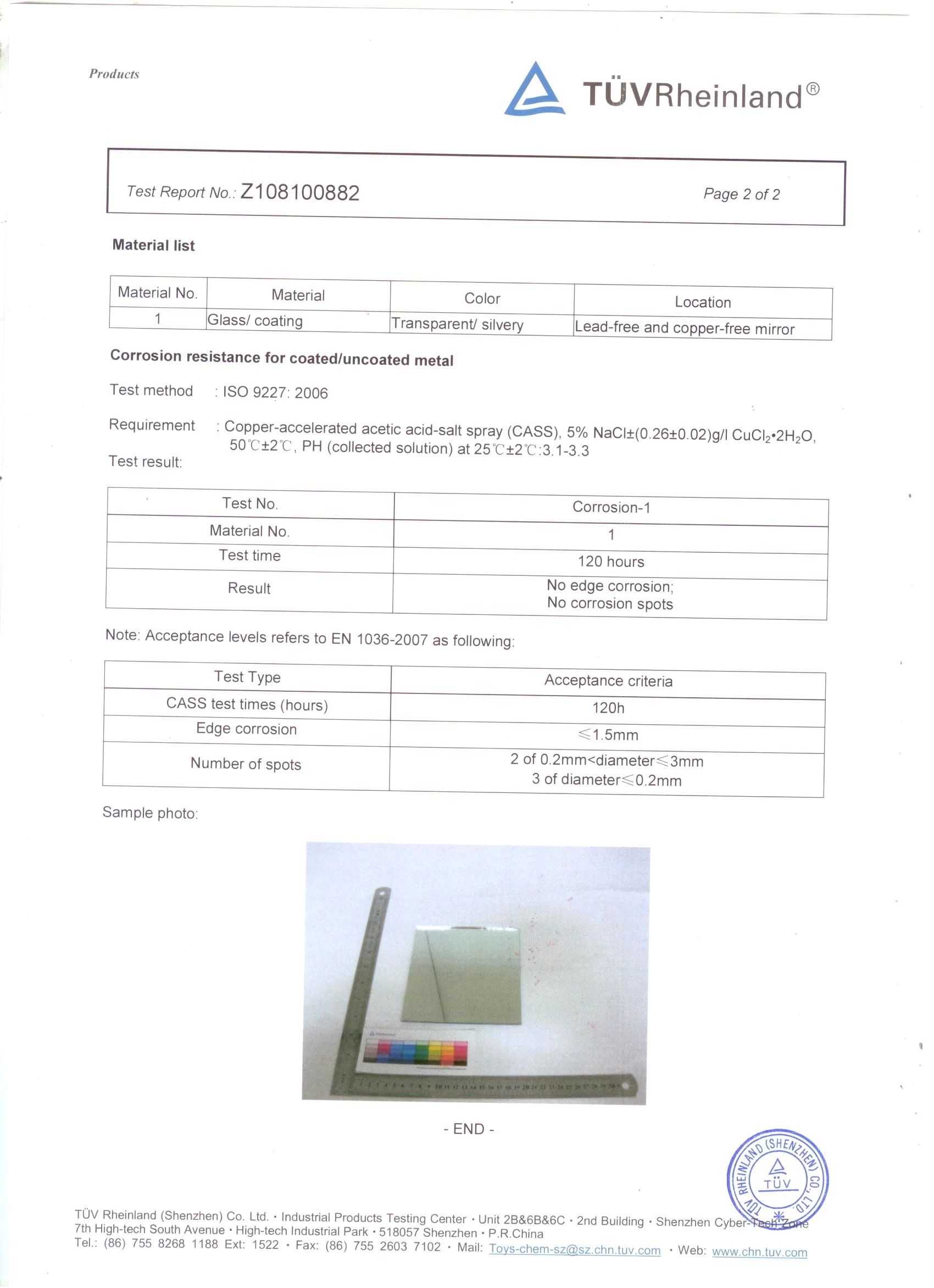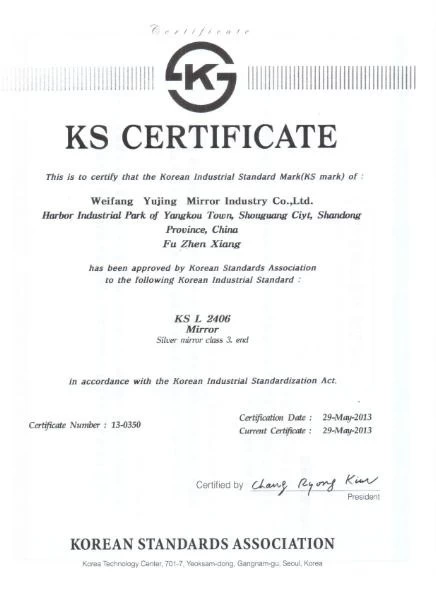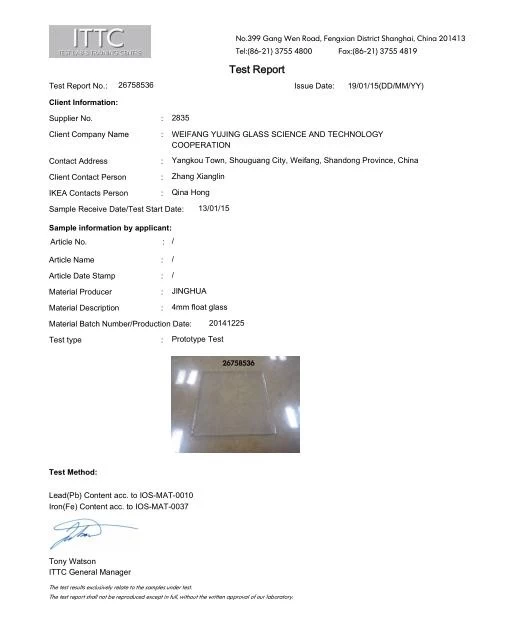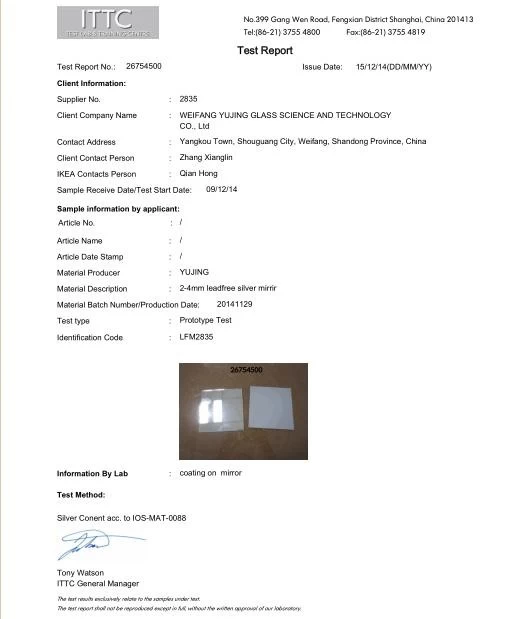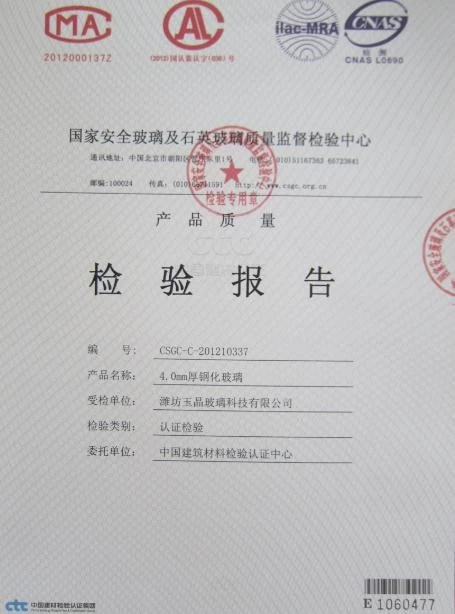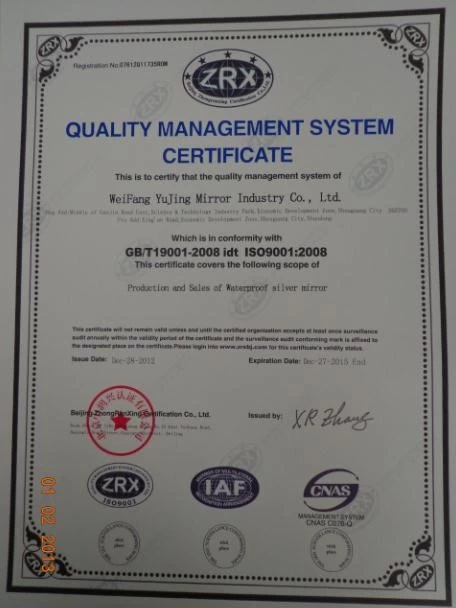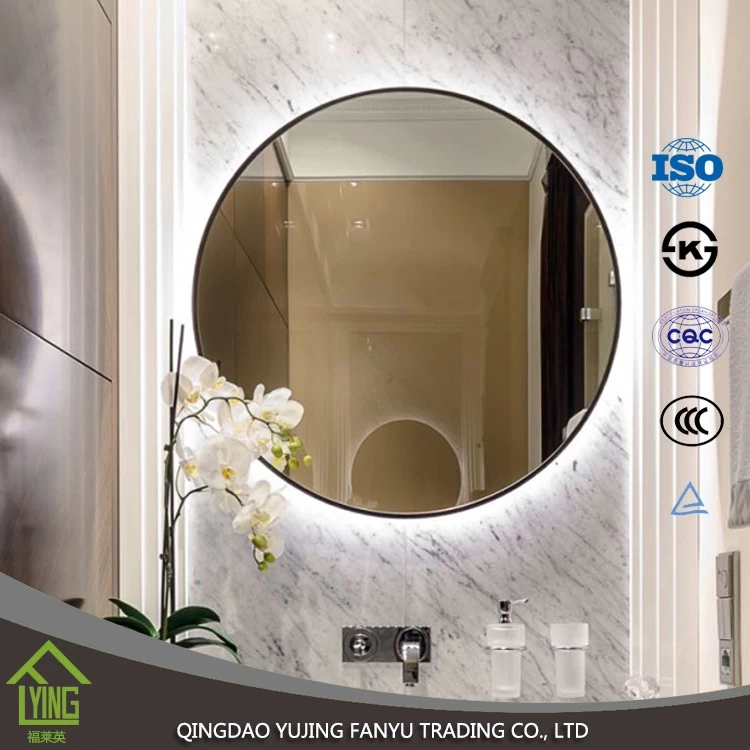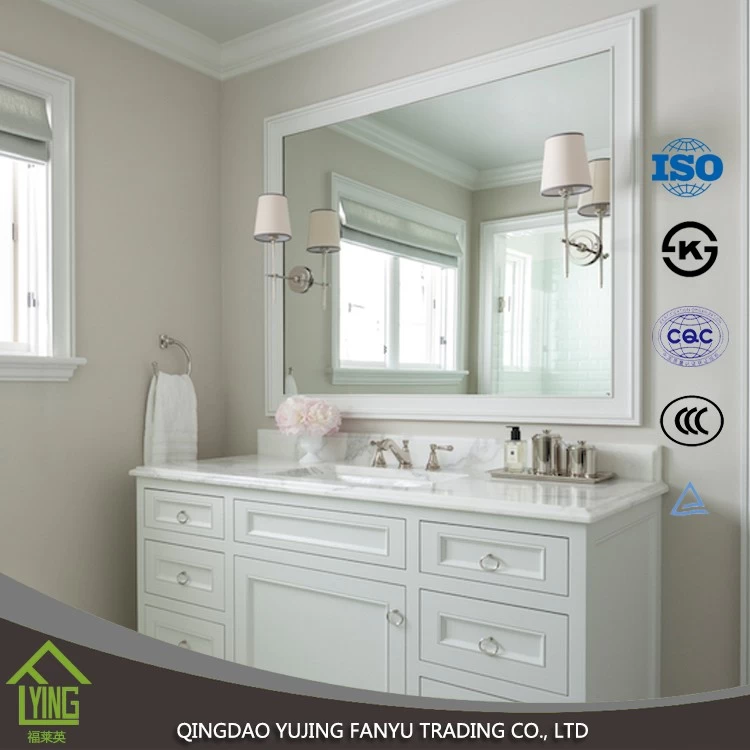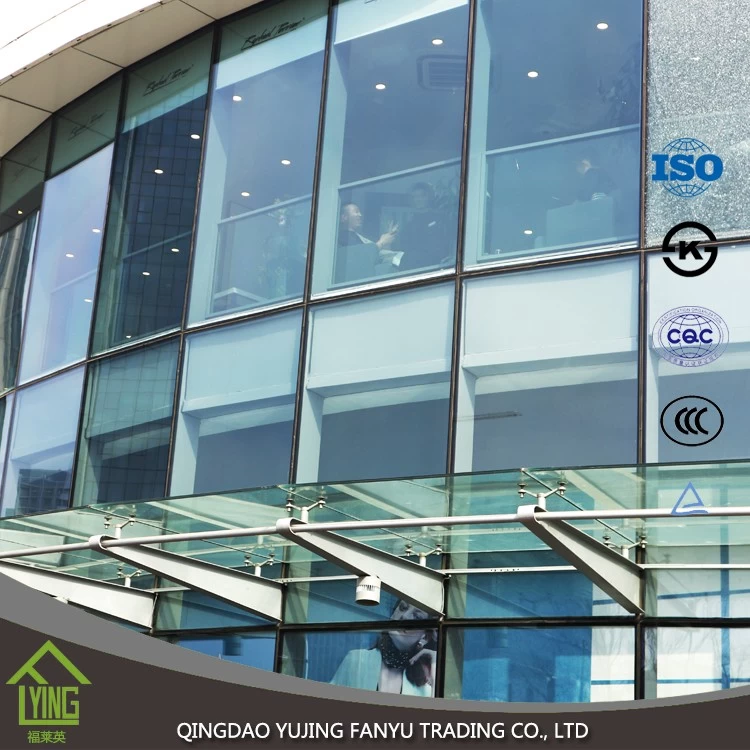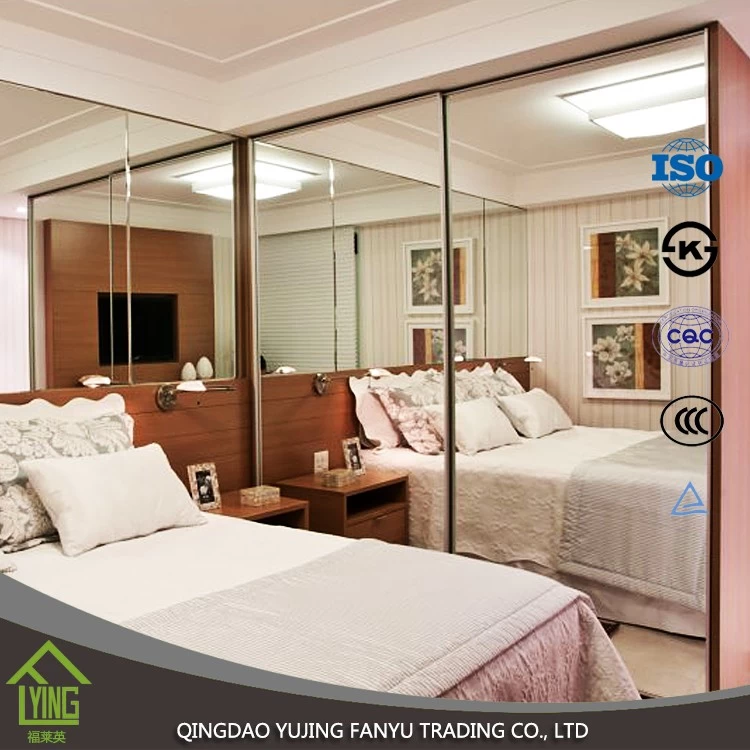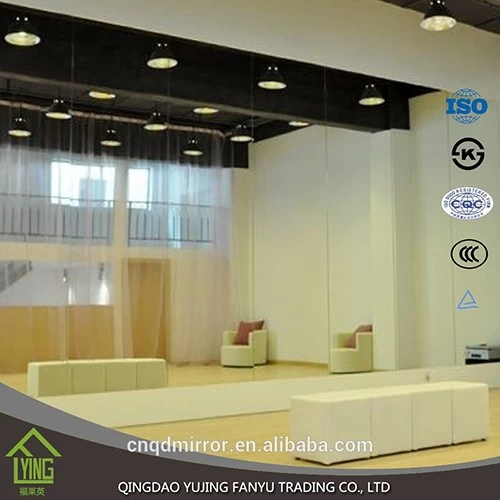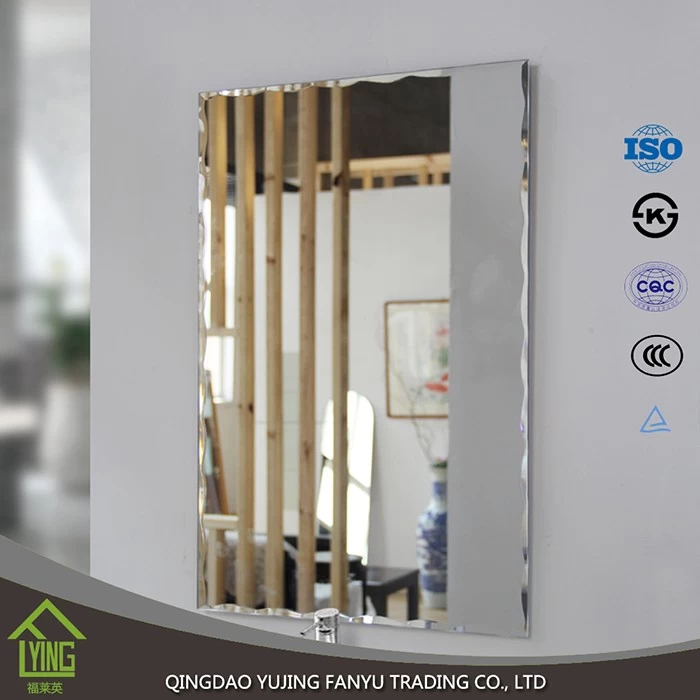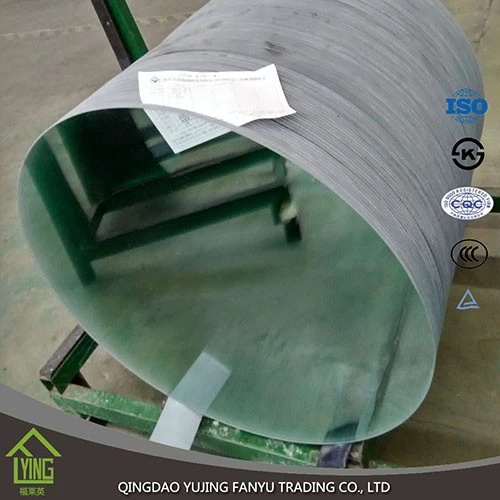Environmentally strict control of the "two high" industry - Beijing-Tianjin-Hebei - Yangtz
Fanyu
Www.glass.com.cn
2018-07-25 11:29:49
| On July 24, at the press conference held by the Information Office of the State Council, Huang Libin, deputy director of the Operation Monitoring and Coordination Bureau of the Ministry of Industry and Information Technology, introduced the industrial development in the first half of 2018 and answered questions from reporters. Huang Libin said that in the first half of this year, the industry has continued to maintain a good momentum since last year. Looking back at the operation in recent years, the industrial economy has experienced a downward downward pressure. The growth rate of industrial added value above designated size has dropped from 10% in 2012, 9.7% in 2013 and 8.3% in 2014, to 2015 and 2016. 6.1% and 6%. In response to this situation, the central and local governments have adopted a series of policies and measures to stabilize the growth and adjust the structure and increase the efficiency. In 2017, the industrial growth rate rebounded to 6.6%. In the first half of this year, the industrial growth rate also reached 6.7%. The target expected at the beginning of the year maintained a steady growth momentum. At the same time, the quality and efficiency of industrial economic operation has been steadily improved, and the industrial capacity utilization rate has rebounded from 73.3% in 2016 to 77% in 2017. In the first half of this year, it has rebounded by 0.3 percentage points year-on-year, and the profit has decreased from 2015. 2.3%, which was changed to 8.5% and 21% in 2016 and 2017 respectively. In the first five months of this year, it continued to grow by 16.5% in the same period last year. The profit rate of main business income increased by 0.35 percentage points year-on-year, and the asset-liability ratio fell by 0.6 percentage points.  Specifically, in the first half of the year, the growth rate of the value-added of the raw materials industry accelerated by 1.2 percentage points year-on-year, and the profit growth in the first five months was 43.8%; the utilization rate of steel capacity was 77.7%, up 3 percentage points year-on-year; the added value of the equipment manufacturing industry increased by 9.2%. %; consumer goods industry added value increased by 6.5% year-on-year; high-tech manufacturing investment increased by 13.1% year-on-year, faster than all manufacturing investment by 6.3 percentage points, completed industrial added value growth of 11.6%, faster than the overall industry by 4.9 percentage points; new energy vehicles The output of integrated circuits and industrial robots increased significantly. The energy consumption per unit of industrial added value decreased by 3.6% in the first five months. From the perspective of investment, Huang Libin said that manufacturing investment has shown a trend of stabilization and recovery. In the first half of the year, China's manufacturing investment increased by 6.8% year-on-year, 3 percentage points faster than the first quarter. Among them, private investment in manufacturing increased by 7.7% year-on-year, up 2.1 percentage points year-on-year; manufacturing technological transformation investment increased by 15.3% year-on-year. "These data show that the series of policy measures we have adopted have achieved good results. The willingness of enterprises to upgrade and upgrade is on the rise, and the confidence in developing the real economy is increasing." Huang Libin said. At the press conference, the above-mentioned officials of the Ministry of Industry and Information Technology expressed their views on the impact of current environmental protection policies on industrial operations. On June 27, 2018, the State Council issued the "Three-Year Action Plan to Win the Blue Sky Defence War" (referred to as the "Three-Year Action Plan"). The "Three-Year Action Plan" is considered to be the 2013 Air Pollution Prevention Action Plan (abbreviated as The continuation of "Ten of the Atmosphere" marks the official opening of the second phase of atmospheric governance. With the implementation of this action plan, industry will be a key area of governance. In implementing this environmental action plan, Huang Libin said that the industrial sector will proceed from the following aspects: First, adjust and optimize the industrial layout of key areas. We will promote urban steel enterprises in key regions such as Beijing, Tianjin and Hebei to adopt a thorough shutdown, transformation and development, local transformation and extra-territorial relocation, and gradually optimize the layout of domestic steel production capacity, and guide and supervise key industries in key regions to implement peak production during the heating season. The second is to strictly control the production capacity of the “two high” industries. Strictly control the production capacity of steel, coking, electrolytic aluminum, foundry and cement in key areas such as Beijing-Tianjin-Hebei and the surrounding areas, the Yangtze River Delta and the Plains of the Yangtze River. We will never allow illegal construction of new projects and strictly implement steel and cement.plate glassFor the replacement of production capacity in the industry, it is absolutely not allowed to implement equal replacement of backward production capacity. The third is to further increase the capacity to de-capacity. Adhere to the market-oriented and rule-of-law means, strictly enforce mandatory comprehensive standards such as environmental protection, energy consumption, quality, safety, and technology to ensure that backward production capacity should be exhausted. Focusing on the disposal of “zombie” enterprises, removing inefficient production capacity, and shutting down production capacity that does not meet the layout plan, continue to reduce excess capacity. The establishment of a long-term mechanism to combat "strip steel" will never allow the "strip steel" that has been cleared to re-ignite. The fourth is to accelerate the transformation and upgrading of traditional manufacturing. Focusing on the “two highs” industry, we will support enterprises to implement green and intelligent upgrades. This year plans to implement energy conservation monitoring for more than 5,000 key energy-consuming enterprises to achieve full coverage of key high-energy-consuming industries. |

